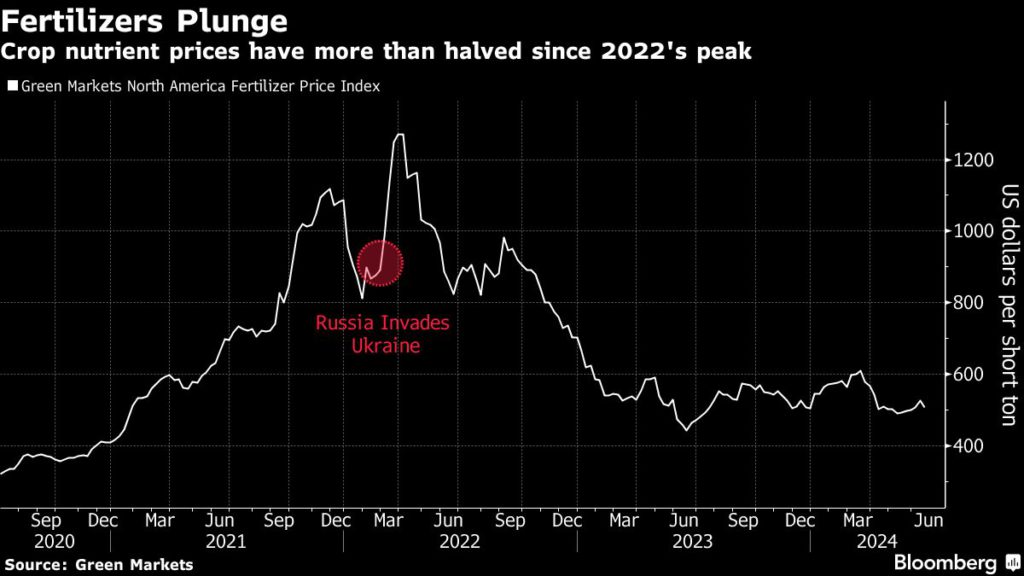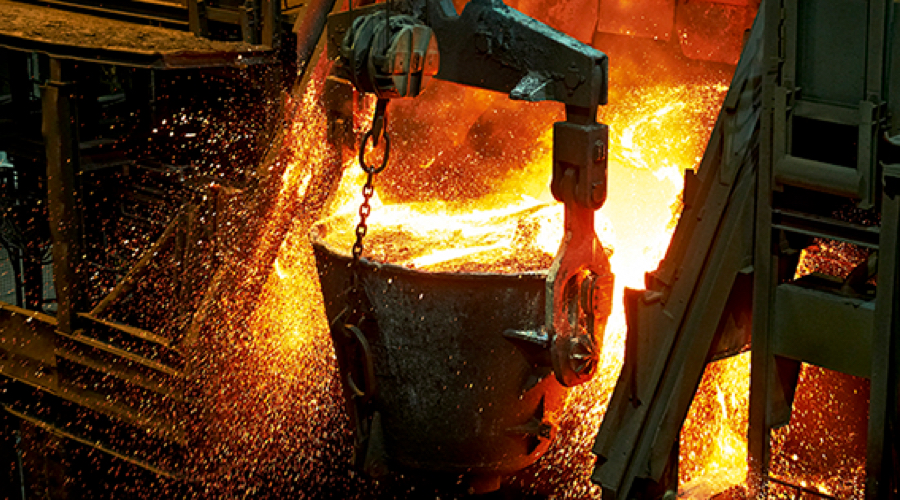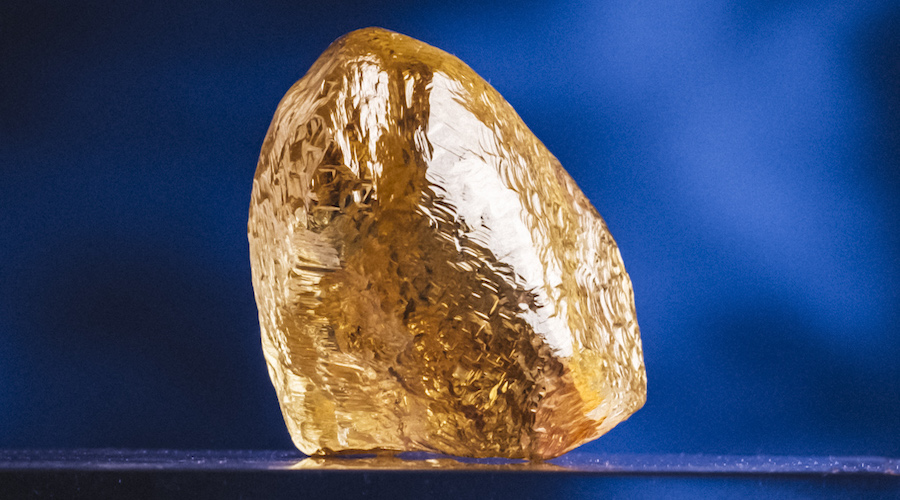Nutrien says ‘black swan’ jolts are finally easing

The world’s biggest maker of crop nutrients said fertilizer demand is just now starting to stabilize from seismic shocks of the past few years that left the company with wild profit swings.
“We’re getting back at least to a market that we would call stable,” Nutrien Ltd. chief executive officer Ken Seitz said Wednesday in an interview at Bloomberg’s headquarters in New York.
Black Swan-like events — unanticipated calamities that pull markets into a tailspin — upended the typical cycles of the market, the CEO said. Russia’s 2022 invasion of Ukraine disrupted global fertilizer shipments and pushed prices — and Nutrien earnings — to record heights. But as farmers and retailers balked at the sticker shock, demand tumbled.
Nutrien and its rivals have been predicting better market conditions over the past several quarters that so far have yet to materialize. The Canadian company’s earnings plunged 71% in the first quarter. Its shares, meanwhile, have tumbled more than 50% from a record in April 2022, shortly after Russia’s invasion of Ukraine.
“We are looking at demand that is after a very volatile period, with some demand destruction, that is only today returning to sort of trend levels,” Seitz said, noting that fertilizer prices today are below the 10-year average.
Nutrien has responded by scrapping big investment plans and putting some assets up for sale in South America as it focuses on restoring growth.

While some earlier supply disruptions have eased, shipping remains a challenge amid the ongoing crisis in the Red Sea region. Trade routes for fertilizer have been dramatically rerouted as some nations are willing to take products from sanctioned countries.
Brazil in particular has been a sore spot for Nutrien. Fears of supply shortages because of disruptions in Eastern Europe first led to an overbuilding of fertilizer inventories in the country. But surging interest rates in Brazil have made the glut even more challenging to manage. Farmers are now opting for just-in-time purchases, Seitz said, adding that a pesticide glut will take the remainder of this year and possibly into 2025 to be resolved.
In Argentina, Nutrien is working to sell its agriculture retail operations and is considering options for its 50% interest in Profertil SA, a urea and ammonia manufacturing venture it has with Argentina state-run oil company YPF SA. If Nutrien ends up selling the stake along with the retail businesses, it will join a slew of other major companies exiting the South American country.
The challenge of repatriating dollars is a key problem because of Argentina’s currency controls, according to the CEO. Nutrien lost money when it transferred currency out of the country because it had to use a more expensive exchange rate.
“I wouldn’t say that we are clamoring to get out of Argentina, we’re just being very thoughtful about our strategic options there,” Seitz said. However, he added that “we don’t see any indication that anything is going to change” under the new administration of President Javier Milei.
In the US, farmers have raced to wrap up corn and soybean planting after a soggy spring. Seitz has estimated the US will plant about 90 million acres of corn and 86.5 million acres of soybeans, though corn “could be a little less” given recent weather challenges, he said.
The US Department of Agriculture is set to release its yearly acreage report on Friday.
While the prospect of fewer corn plantings could impact applications of the nitrogen fertilizer used to grow the grain, Seitz noted there could be ample use of nitrogen in the mid- and post-growing season, and he sees no reason to change the company’s nitrogen sales guidance of 10.6 million tons to 11.2 million tons.
While crop prices have fallen, so have farm input costs, at a time when grower incomes remain healthy, according to Seitz.
“All indications are that farmers are looking as usual to maximize yields,” he said.
(By Kim Chipman and Gerson Freitas Jr.)
More News
Aurubis CEO remains upbeat on new year
Aurubis anticipates operating earnings before taxes of between $324 million and $432 million.
April 01, 2025 | 06:54 am
Rare yellow diamond found at Rio Tinto’s Diavik mine
The 158.20-carat rock is one of only five yellow diamonds weighing more than 100 carats ever found at Diavik in its 22-year history.
April 01, 2025 | 05:59 am
{{ commodity.name }}
{{ post.title }}
{{ post.excerpt }}
{{ post.date }}



Comments